Living World of Animals | Term 1 Unit 5 | 6th Science - Adatptation in Animals┬Ł | 6th Science : Term 1 Unit 5 : Living World of Animals
Chapter: 6th Science : Term 1 Unit 5 : Living World of Animals
Adatptation in Animals┬Ł
Adatptation in Animals┬Ł
Animals vary in size, shape and behavior
A Living thing can
survive in a particular habitat if its body is adapted to the conditions of
that habitat. Plants and animals develop special characteristics or features in
their body in order to survive in their habitat (the surroundings). The
presence of specific body features for certain habits which enable a plant or
an animal to live in a particular habitat is called adaptation.
The fish lives in
either freshwater or marine water. Let us analyse the adaptations seen in a
fish for its aquatic life.
Fish
1. The head, trunk and tail of a fish
merge to form a streamlined shape. The streamlined body shape helps the fish to
move through the water easily.
2. The fish has special organs called
ŌĆ£GillsŌĆØ which is a respiratory organ helps to absorb oxygen dissolved in water
for breathing. It is adapted to breathe in water.
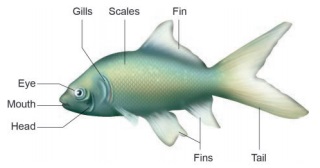
3. Most of the fishes have slippery
scales all over the body which protect the body.
4. The fish has fins for swimming.
5. The fish has strong tail which acts as rudder to change direction and keep its body balance in water.
Lizard
1. Lizards are scaly-skinned reptiles
that are usually distinguished from snakes by the possession of legs, movable
eyelids, and external ear openings.
2. They mostly inhabit warm regions.
Most lizards are quadripedal (walk with four legs) and have a powerful limb.
3. Some lizards have the capacity to rotate
the head around the head joint.
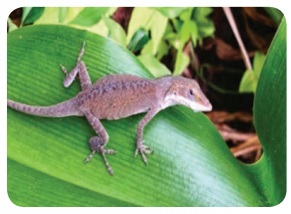
4. They breathe through lungs. Some
lizards are able to run bipedally with two legs. In this the tail is held out backward
and upward and acts as a counterweight.
5. Most lizards eat a variety of
insects like mosquitoes and Cockroaches with sharp, tricuspid, teeth adapted
for grabbing and holding
6. Some lizards (Dinosaurs) have web in the toes, and few lizards are able to glide or parachute the air and make soft landings.
Birds
1. They have streamlined body covered
with feathers.
2 This body shape provides minimum
resistance to air.
3 They have beak instead of mouth.
4. They breathe through lungs. They
have a pair of wings that are modified forelimbs.
5. They have hollow and light bones.
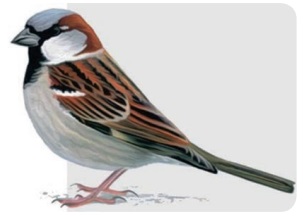
6. Usually we see birds fly, however
they can also hop, move, run, etc., on the ground and they perch well on the
branches of tree with the help of a pair of clawed feet.
7. The tail of the bird helps it to
control the direction of the movements.
8. They have strong chest muscles
which help them withstand the pressure of the air while flapping their wings
during flight.
9. At a time, birds can see one object with one eye and another object with the other eye. (Binocular vision)
When an animal moves its location as
the season changes it is said to be Migration. In Tamil Nadu Bird Sanctuaries are located at
Vedanthangal, Kodiyakkarai and Koondhankulam.
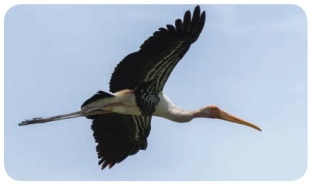
There are many birds from foreign
countries like Siberia and Russia migrate to our Vedanthaangal. Likewise during
summer and drought conditions birds from our country migrate to foreign
countries. These birds are called Migratory Birds.
Adaptation in Camel:
Camel lives in hot desert where water
is scarce. The body structure of a camel helps it to survive in desert because
of its following special features which are listed below:
1. The camel has long legs which help
it to keep its body away from the hot sand in the desert.
2. A camel can drink large amount of
water (when it is available) and store it in the body.
3. A camelŌĆÖs body is adapted to save
water in the dry desert as follows: A Camel passes small amount of urine; its
dung is dry and it does not sweat. Since a camel loses very little water from
its body, it can live for many days without drinking water.
4. A camelŌĆÖs hump has fat stored in
it. In case of emergency a camel can break down stored fat for nourshment.
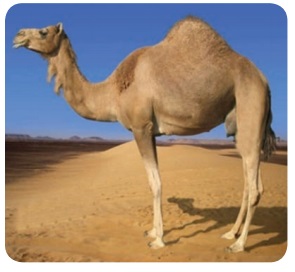
5. A camel has large and flat padded
feet which help it to walk easily on soft sand. Thus it is called ŌĆ£The ship of
the desertŌĆØ.
6. Camel has long eye lashes and hairs
to protect its eyes and ears from the blowing dust.
7. It can keep its nostrils closed to
avoid dust.
Info
Bits
* Spending winters in a dormant
condition is called Hibernation. eg.
Turtle
* On the other hand, spending the
hot and dry period in an inactive state is known’ĆĀas Aestivation. eg. Snail

Kangaroo rat does not drink water at
all. Whatever food it eats and oxygen it gets from air combine together to form
water inside the body.
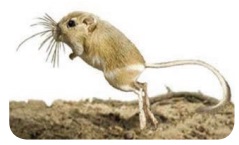
Table: 2 Adaptive Features of Animals from different Habitats

The
mountain goat namely Nilgri Tahr can find small spaces on rock to climb with
ease and keep its balance as it feeds.
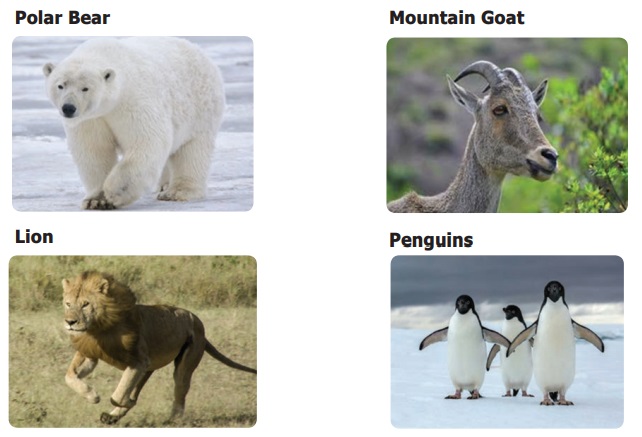
ICT CORNER
Bio diversity
Lets play animal quiz
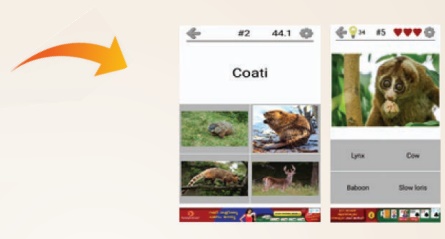
Steps:
* Go to Google / browser and type
ŌĆ£animal quizŌĆØ to know more about the types of animals and their habitation.
* When you get the app, press install
button for installing. Then click open and start your game.
* Many options will be displayed on
the screen. From that, you select the option of your choice.
* When the choice is selected and the
game is started for each animal four options will come. When the correct answer
is given it will automatically go to next animal. When the whole episode is
over you can go to the starting phase and start the next play.

URL:
Related Topics